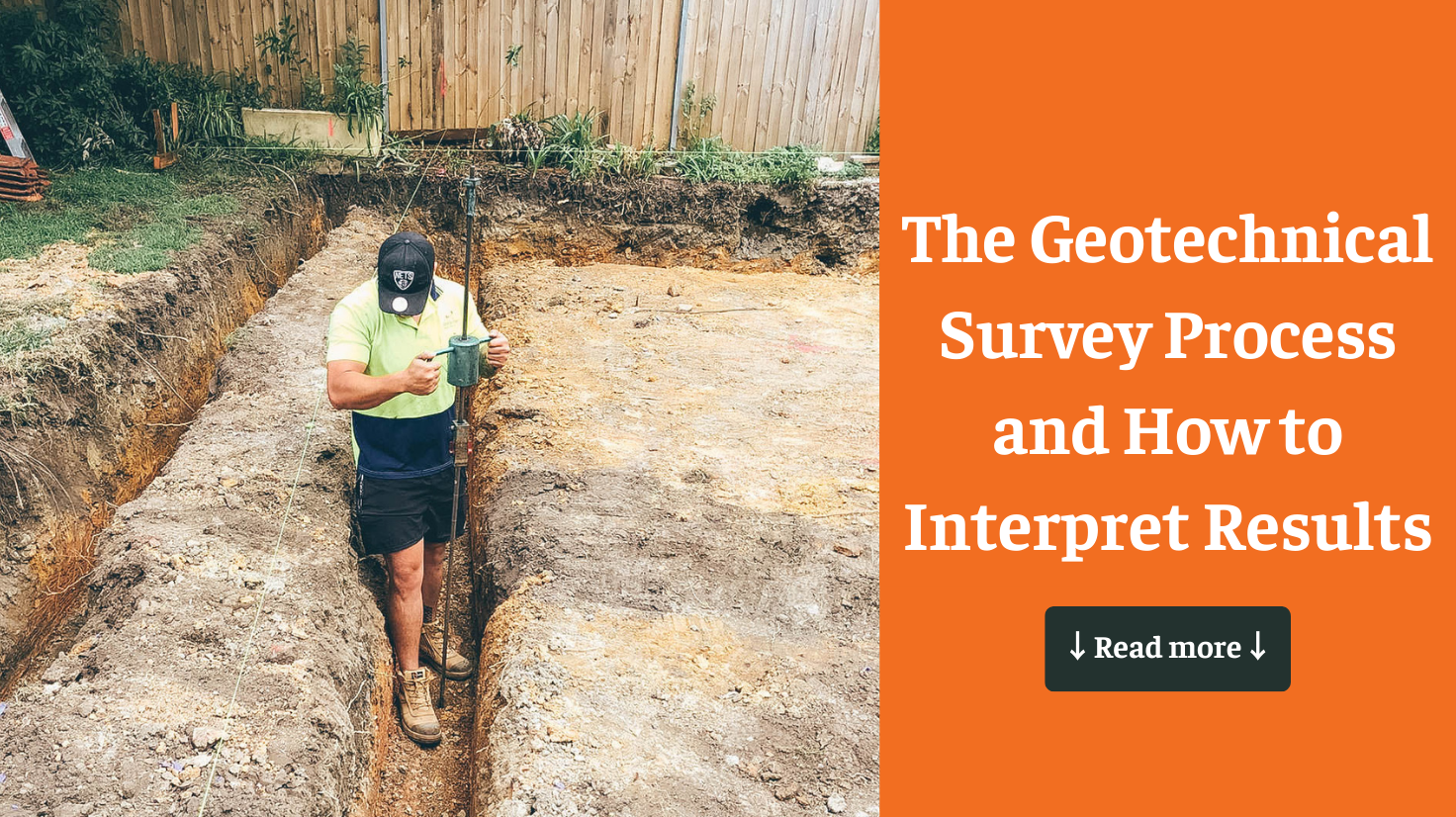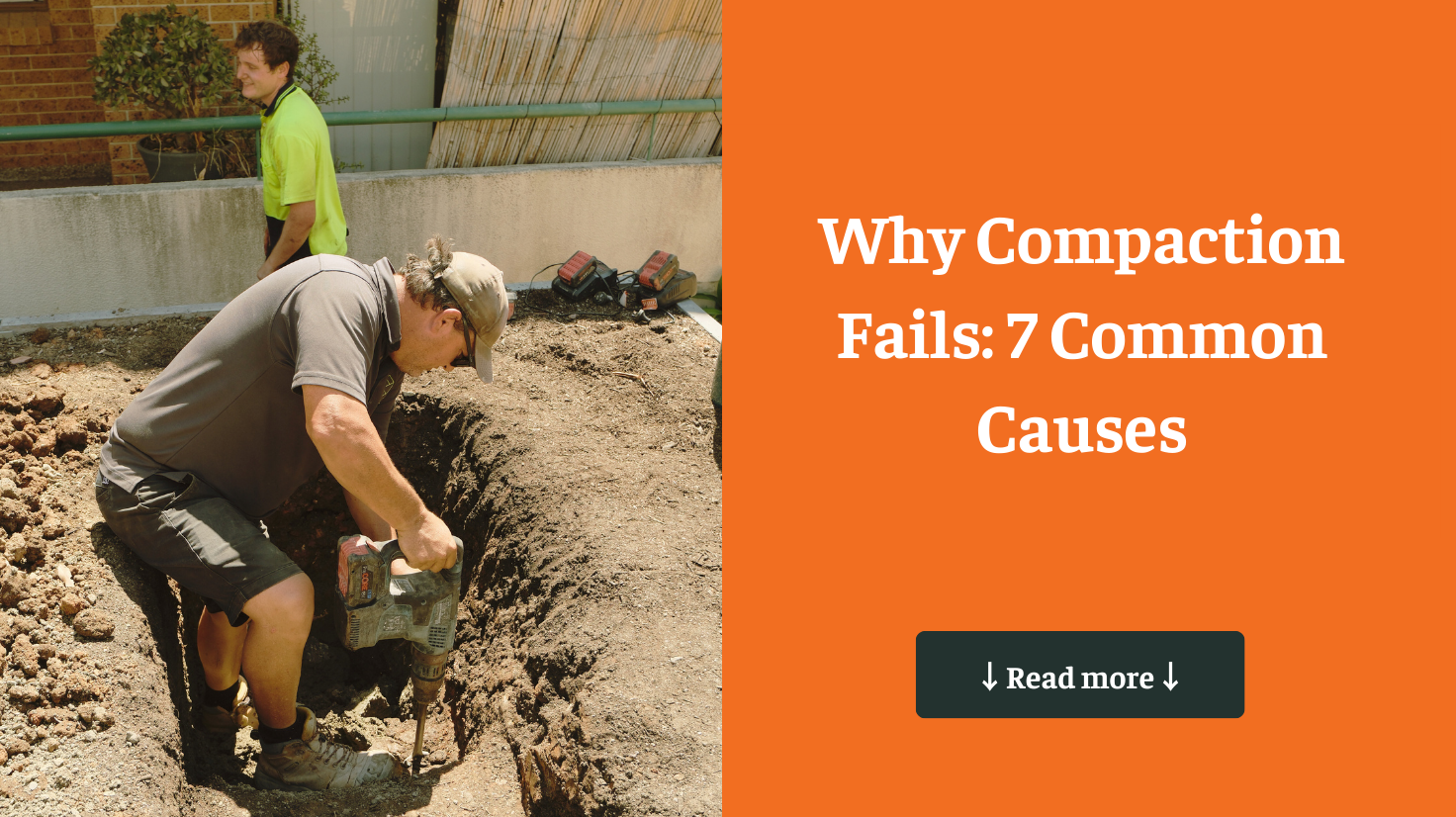Geotechnical surveys are pivotal in construction as they provide critical insights into soil conditions that directly impact the safety and stability of structures. Conducted before and during construction, these surveys assess various soil characteristics to ensure that foundations and other structural elements are designed to withstand the environmental and load conditions. This article delves into the geotechnical survey process and offers guidance on interpreting the results effectively.
1.How is a Geotechnical Survey Conducted?
1.1 Soil Sampling
The geotechnical survey process begins with soil sampling, where engineers bore holes into the ground to extract soil samples from various depths. The sampling process typically involves:
- Borehole Drilling: Engineers use specialized drilling equipment to create boreholes at strategic locations across the site. These boreholes are drilled at different depths to capture soil samples from various layers.
- Sample Collection: Soil samples are collected from shallow boreholes (often a few feet deep) and deeper ones (up to several meters). The number and depth of samples depend on the project’s scope, site conditions, and the specific requirements of the geotechnical engineer.
1.2 Laboratory Analysis
Once collected, the soil samples are sent to a laboratory where they undergo rigorous testing. The laboratory analysis focuses on several key aspects:
- Soil Composition: The laboratory examines the soil samples to determine their composition, including the proportion of clay, silt, sand, and gravel. This helps in assessing the soil’s load-bearing capacity and its suitability for construction.
- Stability Assessment: Tests are conducted to evaluate soil stability, which involves analyzing the soil’s ability to support structural loads without excessive settlement or failure.
- Pollutant Detection: Soil samples are analyzed for the presence of harmful substances such as heavy metals, hydrocarbons, and other pollutants. This is crucial for ensuring that the site is safe for construction and addressing any potential environmental hazards.
2. What Does a Geotechnical Survey Reveal?
2.1 Soil Composition
The survey provides detailed information on soil types and their load-bearing capacities. Understanding soil composition is essential for:
- Foundation Design: Determining the type of foundation required to support the structure. Different soils, such as clay or sandy soil, have varying load-bearing capacities and may require specific foundation designs.
- Construction Methods: Adapting construction techniques to suit the soil conditions, such as using special soil stabilization methods or adjusting the depth and width of foundations.
2.2 Stability Issues
Geotechnical surveys help identify potential stability issues that could affect the construction project. Key stability concerns include:
- Soil Erosion: Areas prone to erosion may require additional measures to prevent soil loss and ensure foundation stability.
- Soil Instability: Identifying signs of soil instability, such as excessive settlement or shifting, helps in designing appropriate stabilization solutions to prevent structural problems.
2.3 Pollutant Presence
Detecting pollutants in the soil is vital for addressing environmental and health concerns. The survey results will indicate:
- Hazardous Substances: Identification of any hazardous substances present in the soil that could pose risks to construction workers or future occupants.
- Mitigation Strategies: Recommendations for remediation or containment of pollutants to ensure a safe and compliant construction site.
3. Interpreting Survey Results
3.1 Understand Soil Data
To make effective use of geotechnical survey results, it’s important to understand the data provided. This includes:
- Soil Composition Data: Interpreting the soil composition data to determine the suitability of the soil for various types of foundations and construction methods.
- Bearing Capacity: Understanding the load-bearing capacity of the soil to ensure that the foundation design can adequately support the structure.
3.2 Identify Potential Issues
Look for any flags or indicators in the survey results that suggest potential issues, such as:
- Unusual Soil Properties: Any unusual soil properties or test results that may require additional analysis or modifications to the construction plan.
- Pollutant Levels: Elevated levels of pollutants that necessitate remediation or special handling procedures.
3.3 Plan Accordingly
Use the survey results to inform your construction planning. This includes:
- Foundation Design Adjustments: Making necessary adjustments to the foundation design based on soil conditions and stability assessments.
- Construction Techniques: Adopting appropriate construction techniques and soil management practices to address any identified issues.
For expert analysis and clear results from your geotechnical survey, choose Ideal Geotech. Our team of professionals provides comprehensive surveys and detailed reports, helping you navigate soil challenges effectively and make informed decisions for your construction project. With our expertise, you can ensure that your project is built on a solid foundation, tailored to the specific conditions of your site.







